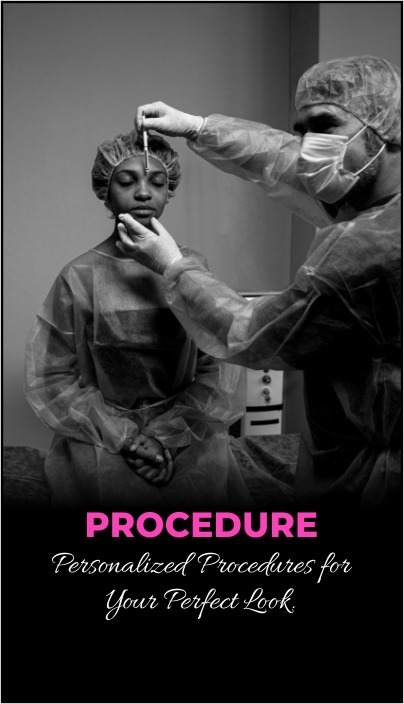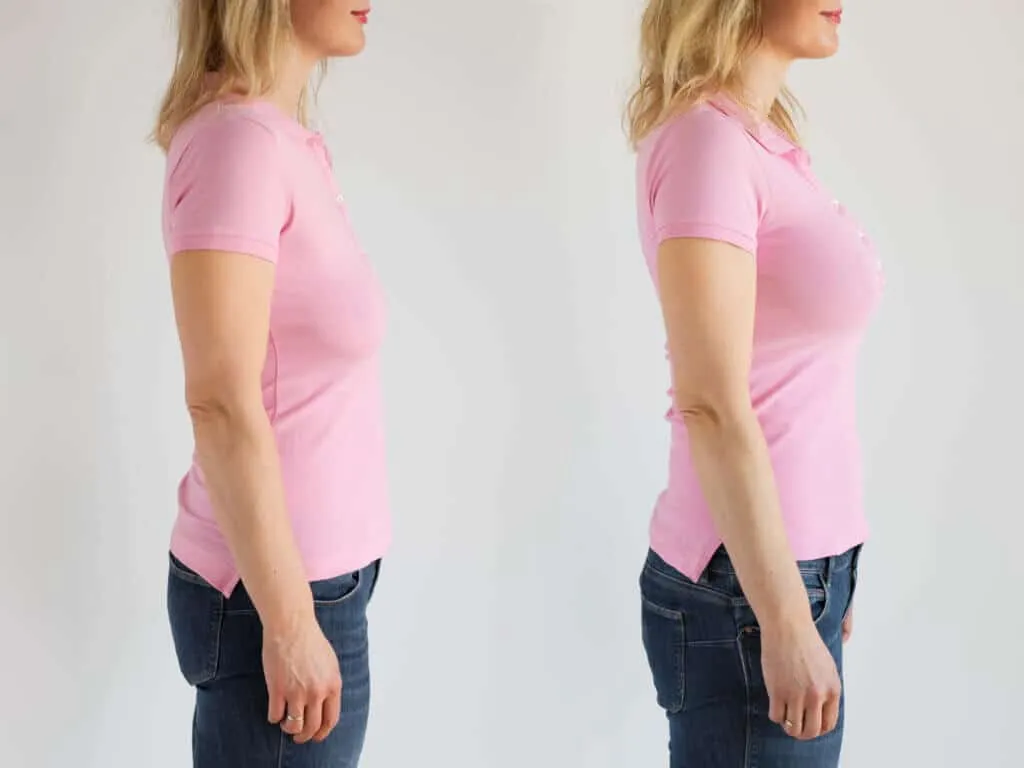

During a breast lift, a plastic surgeon removes excess skin and reshapes breast tissue to raise the breasts and nipples on the chest. Incisions can be made around the darker areas surrounding the nipples (areolae), downward to the breast creases, and horizontally along the creases.
A breast lift is also known as mastopexy. It reshapes the breasts without changing their size. However, a breast lift can be combined with breast augmentation or breast reduction.
Breasts change with age, losing firmness and elasticity. The causes include:
A breast lift can reduce sagging, raise the position of the nipples, and reduce the size of the areolae.
Consider a breast lift if:

A breast lift poses several risks, including:
Like any major surgery, risks include bleeding, infection, and an adverse reaction to anesthesia. There is also the possibility of an allergic reaction to surgical materials.
During a breast lift, a plastic surgeon removes excess skin and reshapes breast tissue to raise the breasts and nipples on the chest. Incisions can be made around the darker areas surrounding the nipples (areolae), downward to the breast creases, and horizontally along the creases.
A breast lift is also known as mastopexy. It reshapes the breasts without changing their size. However, a breast lift can be combined with breast augmentation or breast reduction.
Breasts change with age, losing firmness and elasticity. The causes include:
A breast lift can reduce sagging, raise the position of the nipples, and reduce the size of the areolae.
Consider a breast lift if:
A breast lift poses several risks, including:
Like any major surgery, risks include bleeding, infection, and an adverse reaction to anesthesia. There is also the possibility of an allergic reaction to surgical materials.
Cosmetic breast surgery can be done at an outpatient surgery clinic or in a hospital. You will likely receive general anesthesia, or medicine to help you relax and local anesthesia to numb the area around the breasts. The surgeon will make 1 to 3 surgical cuts (incisions) and remove extra skin. Your nipple and areola may be moved.
Some women also have breast augmentation (with implants) during a breast lift.
Breast surgery is a cosmetic choice, usually for lifting sagging, loose breasts. Pregnancy, breastfeeding, and normal aging can cause stretched skin and smaller breasts. You should wait to have a breast lift if you are:
The risks of surgery include:
Discuss with your surgeon if you need a mammogram before surgery. Tell your doctor:
Before surgery:
After surgery, you will likely go home the same day. Wear a supportive bra as instructed. Pain should decrease in a few weeks, and you may take pain relief medication. Follow-up visits will check your healing, and you may need to wear a special bra for a few months.
You are likely to have a good outcome from breast surgery, but scars will remain visible for a while. Breast sagging may occur again with normal aging, pregnancy, or weight changes.
A breast lift (mastopexy) is a surgery to elevate and reshape the breasts. Factors like pregnancy, gravity, and weight changes can cause breasts to sag. Surgeons remove excess skin, reposition the breast tissue, and improve the nipple position. Breast augmentation is often combined for longer-lasting results.
However, breast lift surgery does not restore lost volume or increase breast size. For that, breast augmentation is typically performed alongside mastopexy.
To determine if you are a good candidate for breast lift surgery, Covai Cosmetic Surgery surgeon DR. S.SIVAKUMAR MBBS, DLO., MS – General Surgery, MCh – Plastic Surgery. D.N.B (PLASTIC) will review your health history and perform an examination during your consultation. You may also need a mammogram, depending on your age. During the consultation, we will discuss your goals and review available options. Once a plan is agreed upon, the surgery date can be scheduled.
Breast lift surgery is typically performed as an outpatient procedure under general anesthesia. The invasiveness of the procedure depends on the extent of changes. There are different techniques:
All of these techniques can include breast augmentation, either simultaneously or later.
After breast lift surgery, you may experience swelling or bruising, but these symptoms should diminish over time. Most discomfort can be managed with medication. Patients are advised to wear surgical or sports bras during recovery and avoid upper body activity for several weeks. Once narcotic pain medication is stopped, normal activities such as driving and non-strenuous work can be resumed.
The average cost of breast lift surgery in India is approximately Rs.______* (excluding operating facility and anesthesia fees). The cost depends on factors such as:
For affordability, we partner with CareCredit® for payment plans. A customized estimate will be provided during your consultation.
*Based on 2017 statistics by ISAPS.
Scarring is inevitable, but our surgeons employ meticulous techniques to minimize scarring. Proper care during recovery can help scars fade over time. Scars are typically hidden by bikinis or underwear.
Non-surgical techniques cannot effectively correct moderate to severe breast sagging, as excess skin can only be removed through surgery.
Patients may need a breast lift with implants if they wish to:
A breast lift can improve breast shape but does not increase size without implants.
